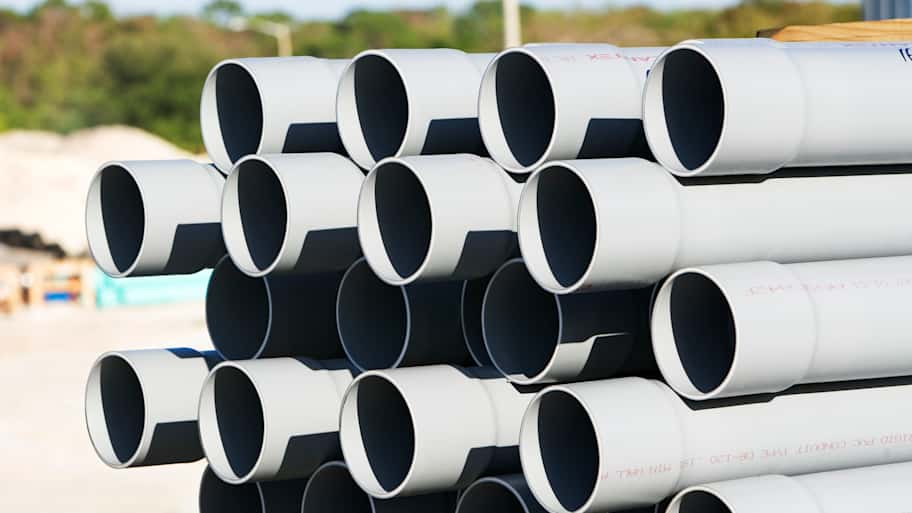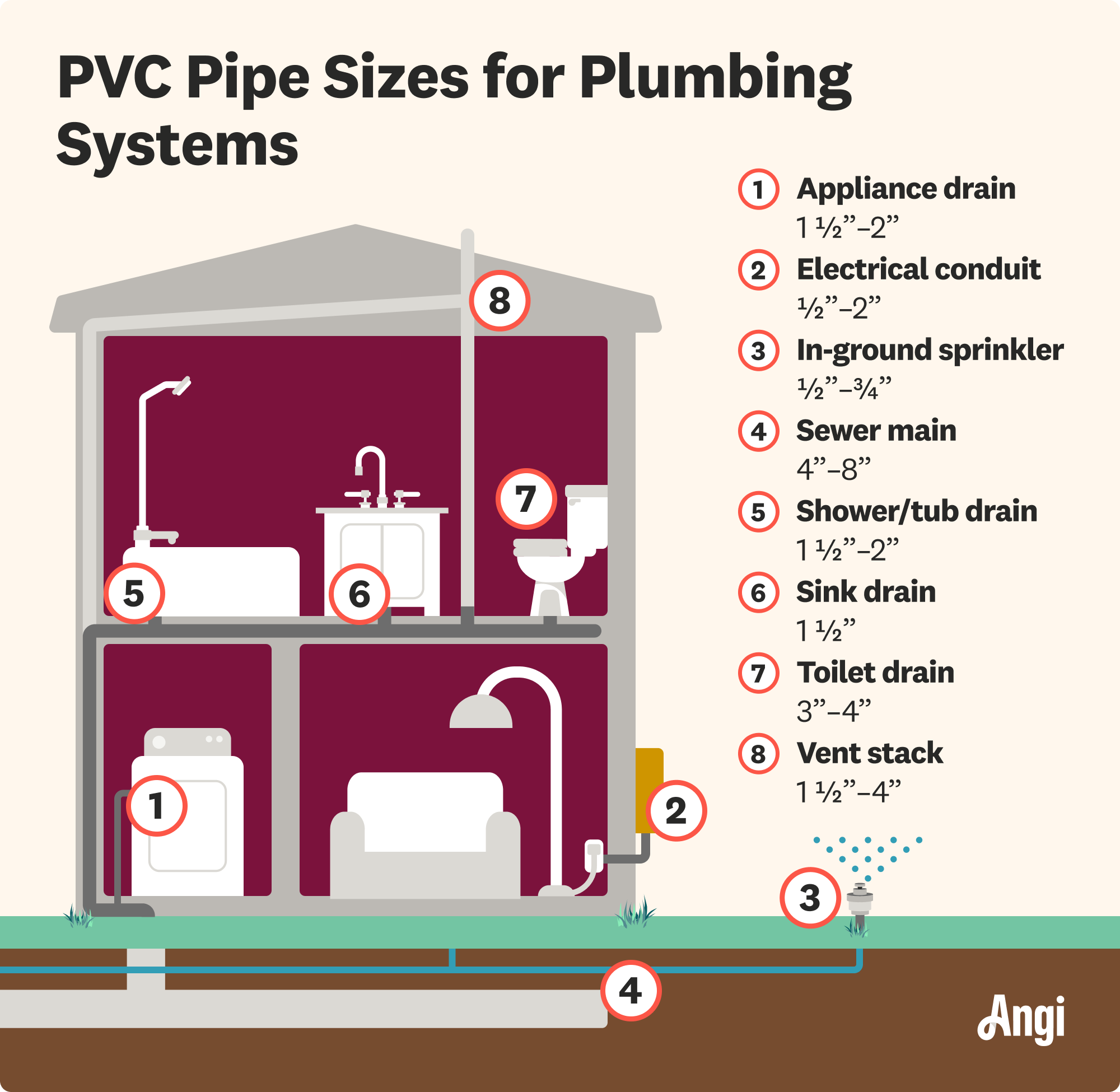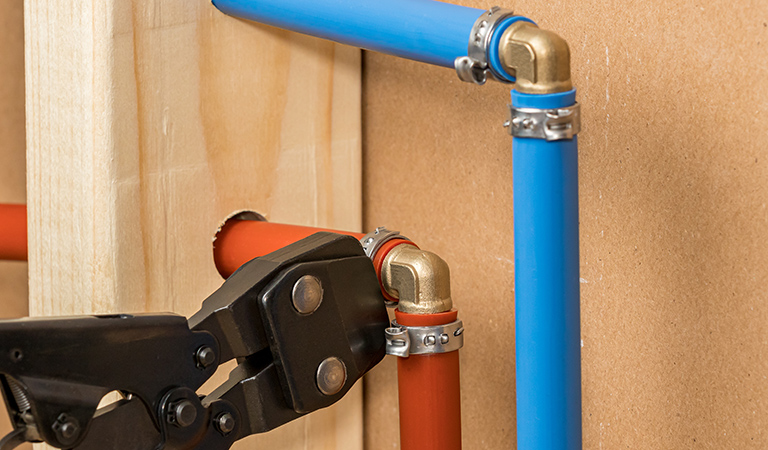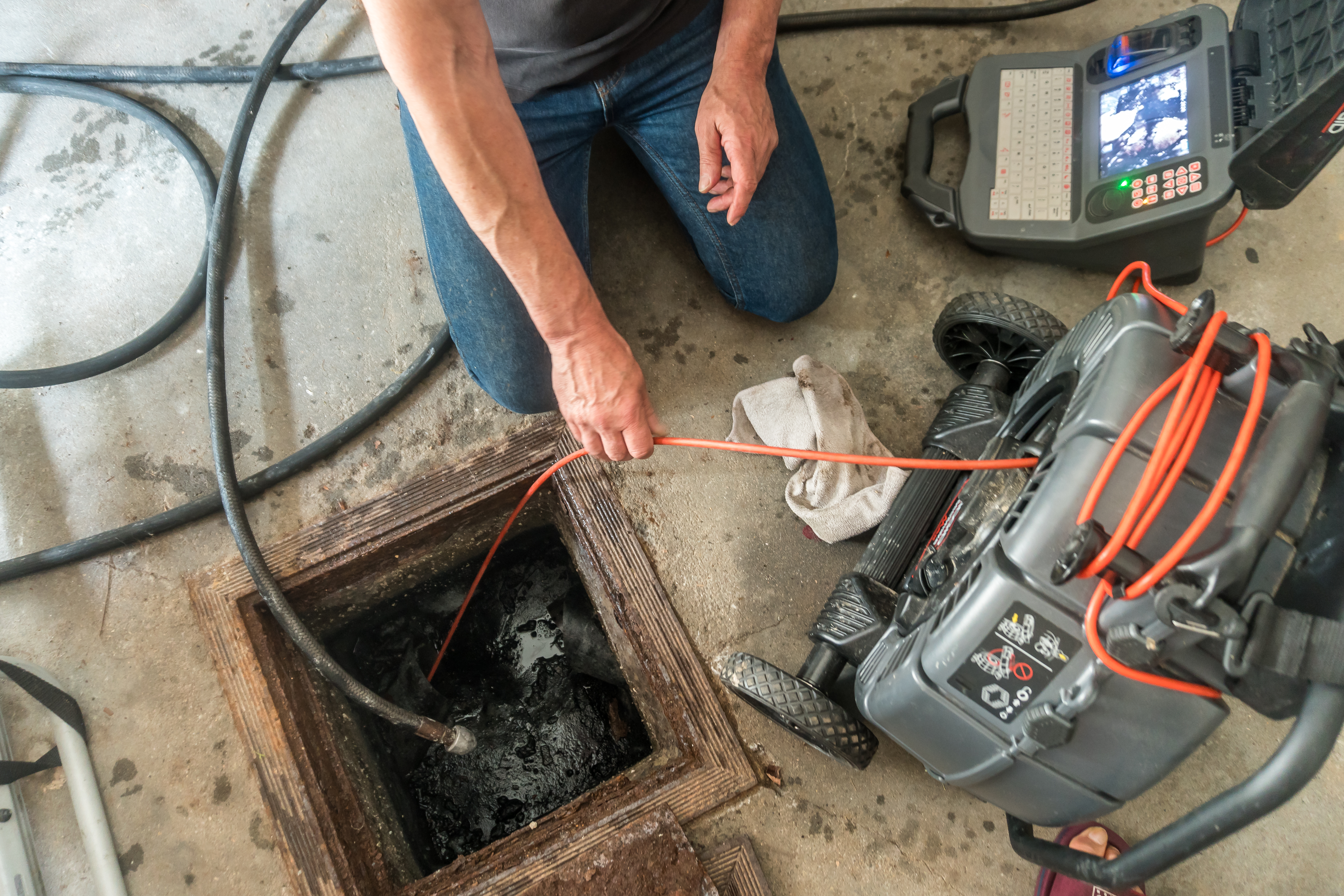
Wondering how much shower valve replacement costs? The answer depends on type, labor, and materials—but foresight and research can save you some money.
Size up your PVC pipe options


The type of supply or drain line you’re installing or replacing will dictate what size PVC pipe is best.
Supply lines tend to have smaller diameters than drain lines to improve efficiency, while drain lines are wider to avoid slow drains and clogs.
You can upsize most PVC pipes, but building code includes minimum sizing requirements for all applications.
In addition to PVC pipe size, think about the schedule piping you need and the type of PVC pipe that’s best for the job.
PVC pipe sizes range from 1/2-inch to 6 inches for most home applications, and the size that’s best depends on where you’re installing the pipe, how you plan on using it, and the building codes in your area. Sizing your PVC pipe properly is crucial for keeping your home improvement project legal, as well as to avoid slow drains, low water pressure, and potential damage to your plumbing system.

There is no general standard PVC pipe size, as the diameter of the PVC pipe you use will vary widely based on the application. Below are the most common PVC pipe sizes you’ll find in the home, with measurements representing the outside diameter of the piping:
1/2-inch PVC pipe
3/4-inch PVC pipe
1-inch PVC pipe
1 1/4-inch PVC pipe
1 1/2-inch PVC pipe
2-inch PVC pipe
3-inch PVC pipe
4-inch PVC pipe
6-inch PVC pipe

The size of the PVC pipe you use depends mostly on what part of your plumbing system you’re using it for. Supply lines for outdoor spigots and in-ground sprinkler systems tend to be smaller to keep water pressure high enough, while drain lines tend to be larger to avoid slow drains and reduce the risk of clogs.
| Purpose | PVC Pipe Size (Inches) |
|---|---|
| Appliance drain | 1 1/2–2 |
| Electrical conduit | 1/2–2 |
| In-ground sprinkler | 1/2–3/4 |
| Sewer main | 4–8 |
| Shower/tub drain | 1 1/2–2 |
| Sink drain | 1 1/2 |
| Toilet drain | 3–4 |
| Vent stack | 1 1/2–4 |
A 1 1/2-inch PVC pipe is the most common size for bathroom and kitchen sink drains. The interior is plenty wide to reduce the risk of clogs and slow drains without taking up too much space under the sink. You’ll need to match the size of the PVC pipe to the copper pipe acting as the tail piece, which can be 1 inch or 1 1/2-inch.
The drain line extending directly from the underside of the sink can be a 1-inch PVC pipe that eventually opens up to a 1 1/2-inch line, but the wider option is more popular in modern homes.
Dishwashers use a drain hose that usually connects via a fitting to your 1 1/2-inch kitchen sink drain. Dishwashers that aren’t near kitchen sinks will use their own 1 1/2-inch PVC drain in most cases.
Washing machines are a bit different, as they have drain hoses that just sit inside a PVC pipe to allow for air to enter the pipe for good drainage. Since the top of the PVC pipe is open, you need a larger PVC pipe to avoid overflow. The standard PVC pipe size for washing machine drains is 2 inches. Building code prohibits a downsizing of the drain line along the length, so the entire pipe extending from your washing machine to a larger line or the sewer main must be 2” or larger.
Showers and tubs have drain lines between 1 1/2-inch and 2 inches. These fixtures need to drain higher volumes of water than sinks, and they have a higher risk of clogging due to a build-up of soap scum and hair. While 1 1/2-inch PVC pipe is up to code, 2-inch piping is a better choice for faster draining and to reduce the risk of clogs.
Building code requires at least a 3-inch pipe for toilet drains, although modern homes use 4-inch pipes to reduce the frequency of clogs. Similar to washing machine drains, it’s against code for a toilet drain line to size down to a smaller diameter before connecting to your sewer main.
Sewer mains used to be cast iron, but more modern installations can include PVC pipe. Sewer main lines can be between 4 inches and 8 inches. The bigger the pipe, the more waste it can handle, but you always need to size your sewer main so that it’s no larger than the line it connects to on the way out of your home. Both 4-inch and 6-inch pipes are common.
Vent stacks serve to introduce air into your plumbing system to prevent pressure build-up. For vent stacks for individual fixtures, PVC pipes that are 1 1/2-inch to 2 inches in diameter are common. For whole-home vent stacks, 3 to 4 inches is a more common size range.
In-ground sprinkler lines need to be smaller than drain lines to help maintain good water pressure across the lateral lines. For pipes running to individual sprinkler heads, 1/2-inch PVC piping is the most common. For lines that serve multiple zones or deliver the water from your home to the smaller lines, you may see 3/4-inch PVC pipes. PEX pipe sizing for these lines is similar, although installation is significantly easier.
PVC pipes for electrical conduits can vary from 1/2 inch up to 2 inches in residential homes, but it depends on how many wires and the size of the wires you need to run through the conduit. Conduits could get much larger, depending on the wiring they need to protect.
There are a few key factors to consider that can help you determine what size PVC pipe is right for the project you’re completing.
The first thing you should consider is the purpose of the line and the building codes dictating what the minimum sizing is. The table above includes general sizing requirements and optimal sizing for different types of plumbing lines, but always check your local building code to make sure you’re not under- or over-sizing your pipes.
In addition to the specific purpose, PVC pipe sizes vary based on the general purpose. Supply lines to outdoor spigots or sprinkler lines tend to be smaller because wider pipes will reduce flow rate dramatically. Drain lines tend to be wider because they’re less likely to leave you with clogs or slow-draining fixtures. Fixtures with a higher risk of clogs, like toilets and showers, will have wider drain lines than sinks.
Finally, you should consider the schedule of the PVC pipe you’re installing. Schedule 40 PVC is the most common in homes for both supply and drain lines. Schedule 80 PVC has thicker walls that stand up to higher pressure, so if you’re working with schedule 80 PVC and need a particular interior diameter, you'd need to opt for a pipe with a larger outside diameter.
If you have the wrong size PVC pipes installed in your home, it’s important that you have a local plumber come in to rectify the issue as soon as possible. Not only is an improperly-sized supply or drain line against building code, but it can also lead to plumbing problems, including clogged drains, slow drains, and low water pressure from exterior fixtures and sprinkler lines. Replacing plumbing pipes can be costly, but it’s worth the investment to avoid potential property damage.
Finally, you can avoid the wrong-size PVC pipes in your plumbing system by hiring a certified plumber for all plumbing work. Handypeople and DIYers can sometimes tackle plumbing projects themselves for less than the cost of hiring a plumber, but a reputable pro will always ensure your system is safe, functions properly, and is fully up to code.
From average costs to expert advice, get all the answers you need to get your job done.

Wondering how much shower valve replacement costs? The answer depends on type, labor, and materials—but foresight and research can save you some money.

Repairing a main water line is an urgent matter, so use this guide to get an idea of how much main water line repairs cost to act fast.

The cost to replace cast iron pipes depends on many factors, like size and accessibility. Use this guide to get a rough idea of how much you’ll spend.

Cutting pipes can be easy, but this job requires some safety measures. Learn how to cut metal pipes quickly and safely for any plumbing project.

Discover the average plumbing stack replacement cost, key price factors, and expert tips to help you budget for your home’s plumbing upgrade.

Understand Title 5 inspection costs, including average prices, key cost factors, and tips to save money on your septic system inspection.